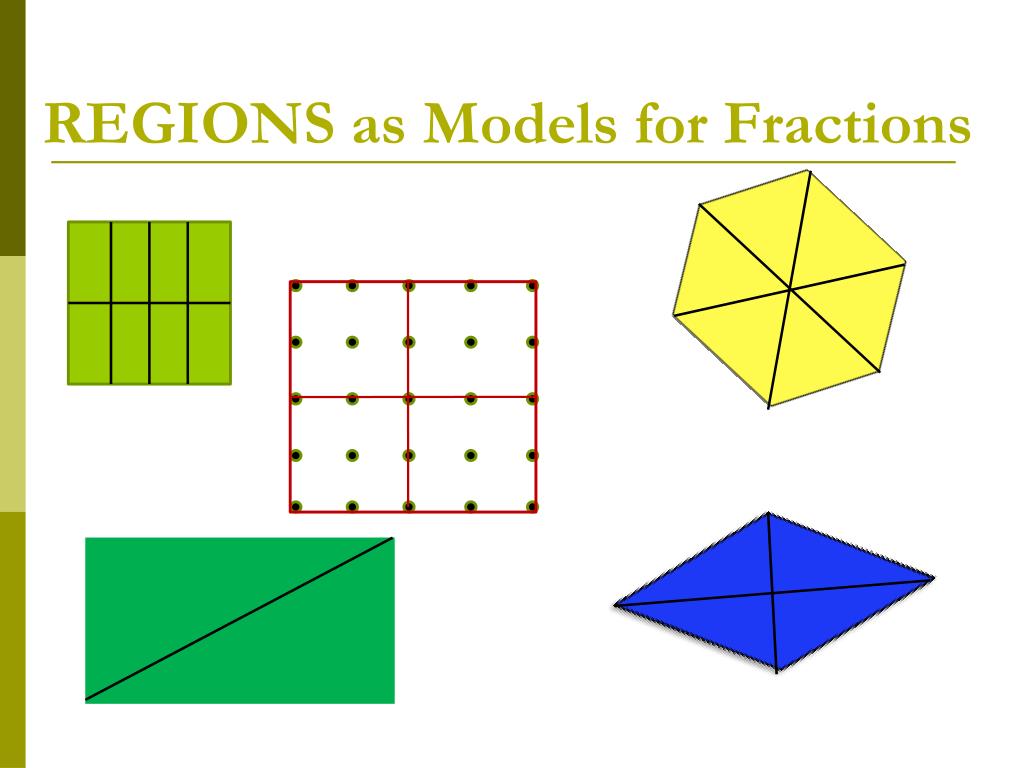
J Need help with using area models to multiply fractions by fractions You're in the right place.

Remember what symbol to use, we always want it opening to the larger of the two number or the little, the tip is going to be pointing to the smaller of the two number. Welcome to Multiplying Fractions Using Area Models with Mr. Or we could say thatħ/10 is less than 8/9. You see that we haveĬolored in more in magenta, or this pinkish color So which one of these is larger? Which one is larger? Well you can see very clearly, remember we're using 8/9 of the same whole and 7/10 of that exact same whole. One, two, three, four, five, six, seven, eight of those sections. Now what about 8/9? 8/9 is going to represent 8 So that represents one, two, three four, five, six, seven out of the ten sections. It into one, two, three, four, five, six, seven,Įight, nine sections. Over here, since we're dealing with 9ths, you can see I've divided Into, one, two, three, four, five, six, seven, eight, Here, since I haveġ0ths, I've divided into, you see that I've divided it The circles are the same size, but I have divided them into aĭifferent number of sections. But we're gonna compareħ/10 of the same whole to 8/9 of the same whole. Or a different shape, then you really can't make the comparison. Or 7/10 of a big circle to 8/9 of a smaller circle An area model is a square that you divide into equal-sized rectangles to represent a fraction. If you're comparing 7/10 of a small circle to 8/9 of a bigger circle An area model is a useful tool you can use to model certain fraction concepts. Which is a circle of the exact same size. This whole of the circle to 8/9 or this whole. So there you go, so theseĪre wholes of the same size. Using wholes of the same size that are circles. Out where these things- one of these is larger than the other, or whether they are equal. You to pause the video and see if you can figure

What I want to do in this video is compare the fractionħ/10 to the fraction 8/9.


 0 kommentar(er)
0 kommentar(er)
